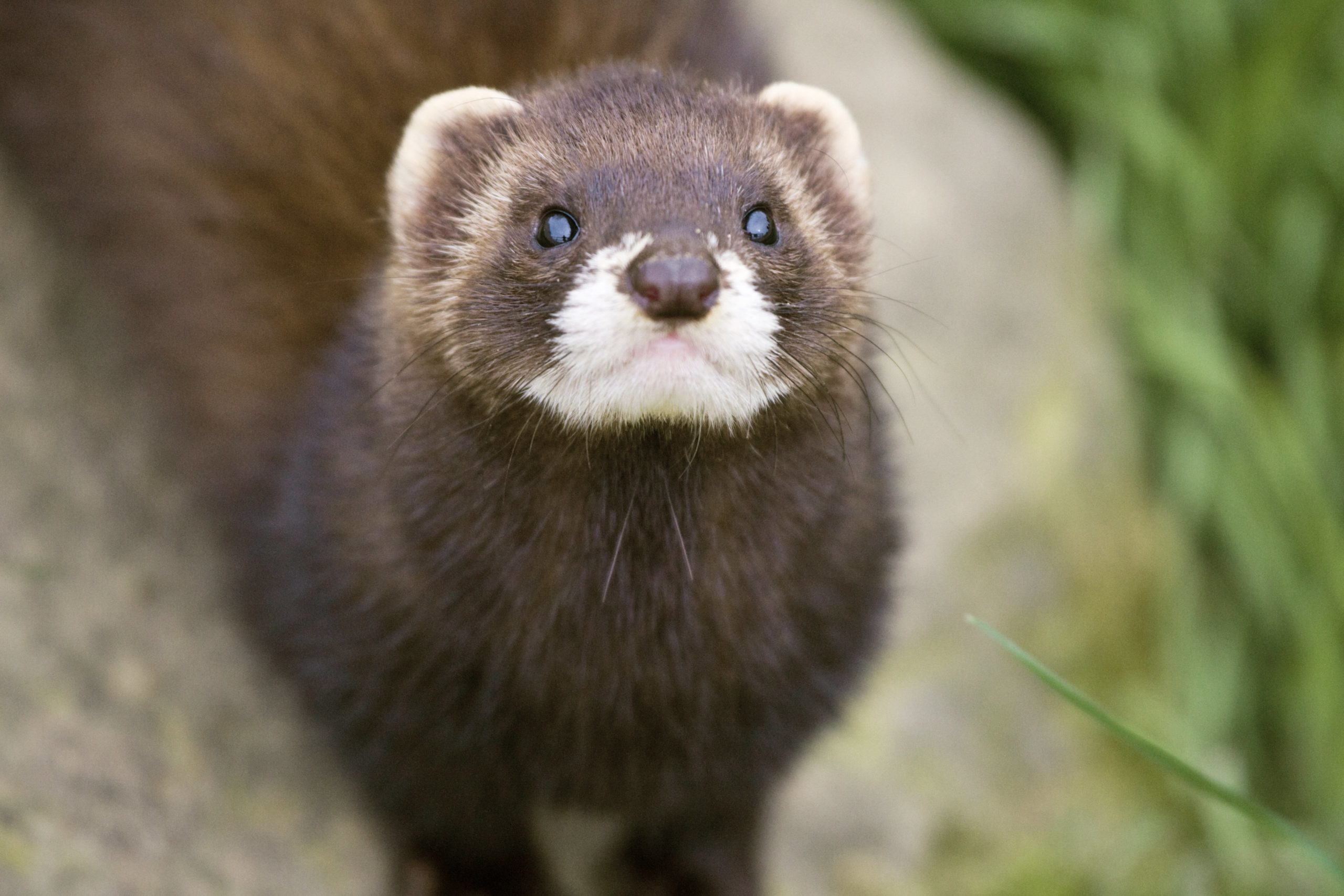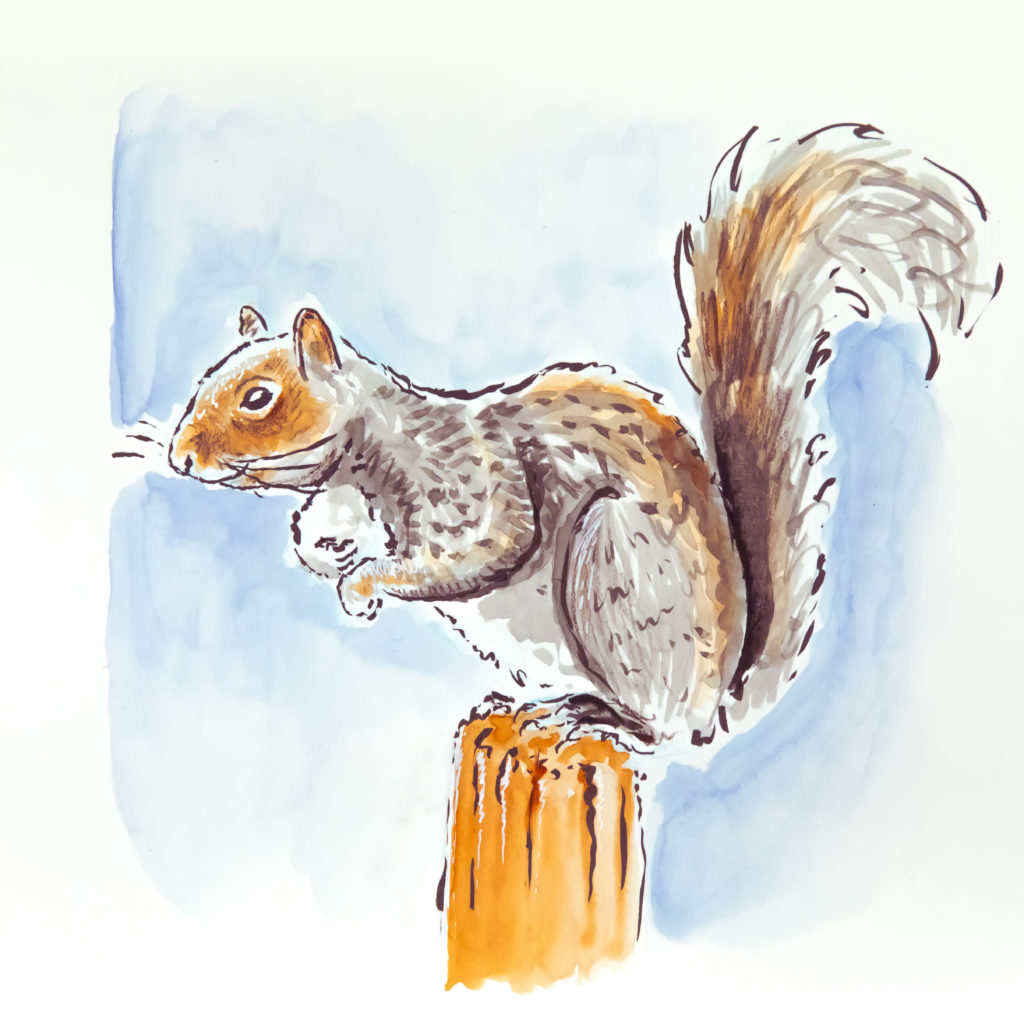Grey Squirrel
Various | Curious Nature
The grey squirrel was introduced to the UK from North America in the 19th century. Its larger size, more flexible diet, and better breeding numbers means that it very successfully out-competes the native red squirrel. They can also carry squirrel pox virus, which can be deadly to reds. Analysing its genome in comparison with the red squirrel may help to understand how it has adapted so well.

Woburn Abbey
Alexander Francis Lydon
Grey squirrels are not native to the UK. They were introduced from North America in the 19th century to add interest to the fauna and landscape of country estates, such as Woburn Abbey where 10 greys were introduced in 1890. As with many invasive species, the grey population grew from the original release sites, either naturally or by translocation by humans.
In North America the grey is one of several squirrel species so it has evolved to adapt and compete. The red is the only native British squirrel and so it had not needed to adapt for species competition. The spread of the greys was seen as a problem quite quickly. It became illegal to import them to Britain in 1937.

Damage to trees
Grey squirrels strip bark from trees, in some cases seriously damaging them by leaving them exposed to fungal infections and weakening their structure. The stripping tends to occur in spring and early summer in areas with high density grey squirrel populations. This suggests a link to the number of young squirrels in an area. Managed trees, like pine and spruce, and other fast-growing types, like sycamore and beech, are the most affected. Bark stripping results in losses of nearly £6-10 million per year to the UK forestry sector.
Live trap
Traps are used both for monitoring and managing red and grey squirrel populations. Food bait is placed inside to attract the squirrel, which is then shut in. Traps are used to microchip reds to track their movement, or to perform a health check.
Grey squirrels are officially considered a pest, and if one is trapped it is illegal to release it back into the wild, and the animal must be killed. In areas inhabited by red squirrels, traps are used by wildlife officers to control the spread of greys into the area.

An unlikely ally?
Pine martens are native to the UK. Once abundant in our woodlands, they have largely been driven to extinction in most of the UK, except for north and central Scotland and other small populations. Studies have found that in areas where pine martens are present, the numbers of grey squirrels have declined, whereas red numbers seem unaffected. Researchers think that the bigger, more ground-dwelling greys are easier prey for the pine marten. And, as the grey is an invasive species, the pine marten is not its natural predator, making it more susceptible. Perhaps one endangered species can help another.
